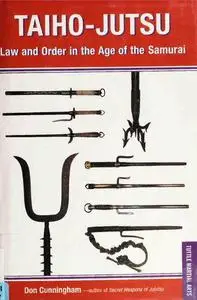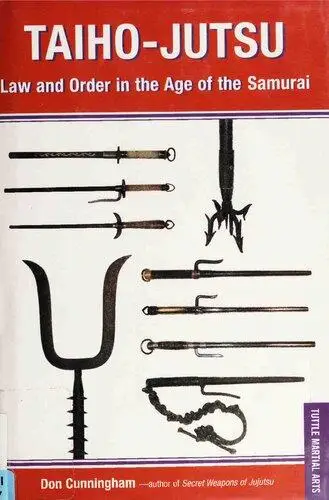Taiho-Jutsu: Law and Order in the Age of the Samurai By Don Cunningham
2004 | 192 Pages | ISBN: 0804835365 | PDF | 47 MB
2004 | 192 Pages | ISBN: 0804835365 | PDF | 47 MB
In Taiho-Jutsu: Law and Order in the Age of the Samurai, author and judo second-dan Don Cunningham provides a fascinating introduction to the civil society of Edo-period (1603-1867) Japan—particularly the role played by the well-known warrior class, the samurai. During the enforced peace of this era, many of the samurai were unemployed and had great difficulty earning a living. Some were even forced to join the lower classes—of merchants and chonin (commoners)—to get by. These circumstances redefined the part the samurai played in Japanese society, and challenged the traditional caste system. Cunningham shows that the samurai were not, as commonly portrayed, always all-powerful mediators ruling the chonin through the power of their swords. During this period the samurai became a part of the complex system of Japanese law enforcement. Made up of samurai as well as machi-bugyo-sho (town magistrates), yoriki ("assistant" samurai), doshin (samurai patrol officers), komono (assistants), goyokiki (part-time police assistants) and okappiki (informants and spies)—this intricate structure mirrored the Japanese society of the day. Taiho-Jutsu offers a detailed look at the weapons these law enforcement officers used—including the jutte (iron truncheon), tesson (iron fan), yori-bo (wooden staff), sodegarami (sleeve entangler), sasumata (spear fork), and torinawa (arresting ropes)—as well as a fascinating illustrated look at the techniques used to apprehend criminals. From kamae (stances) to parrying and striking and throwing techniques, these explanations demonstrate the practical techniques in Edo-period Japan.



